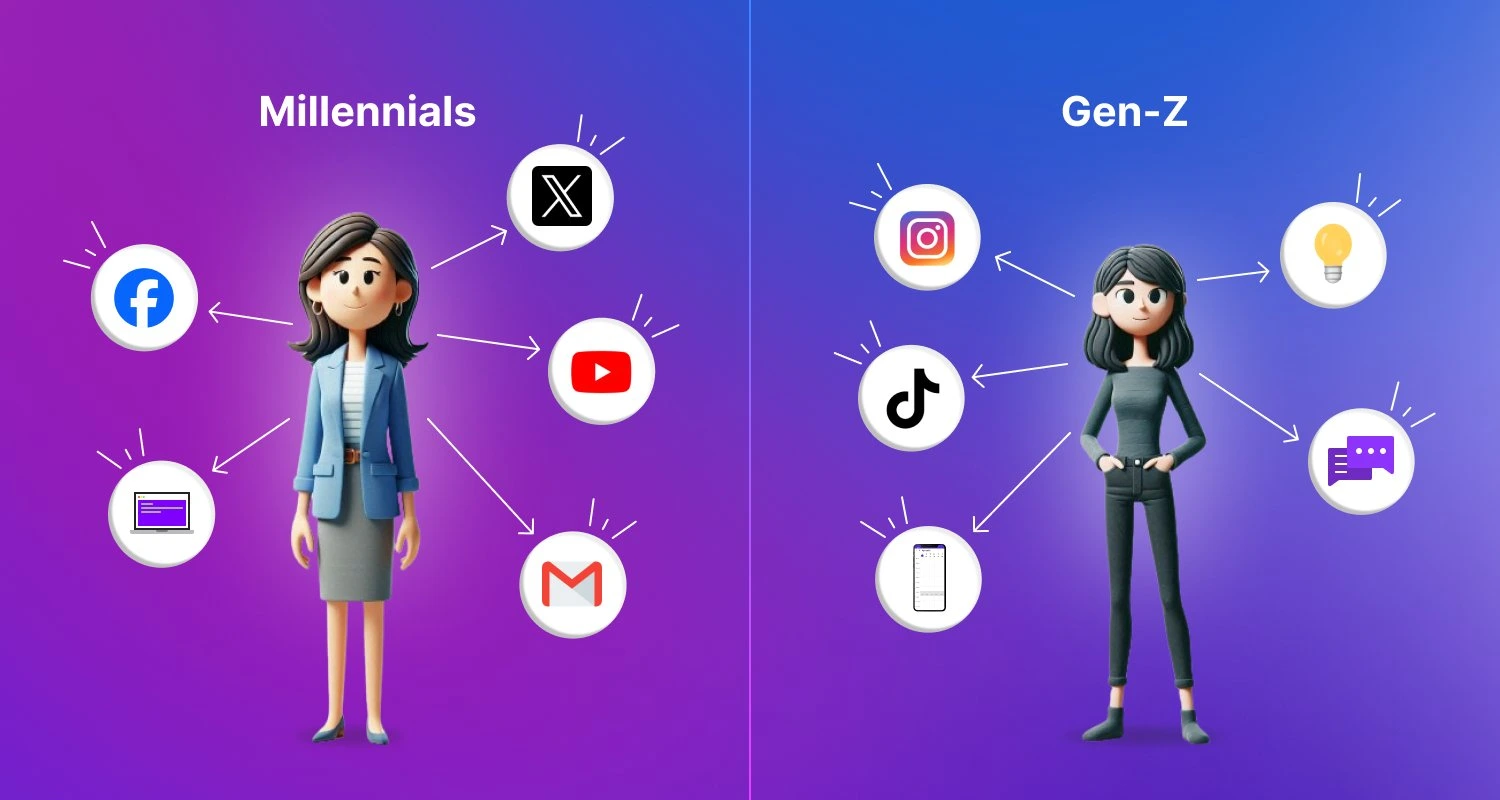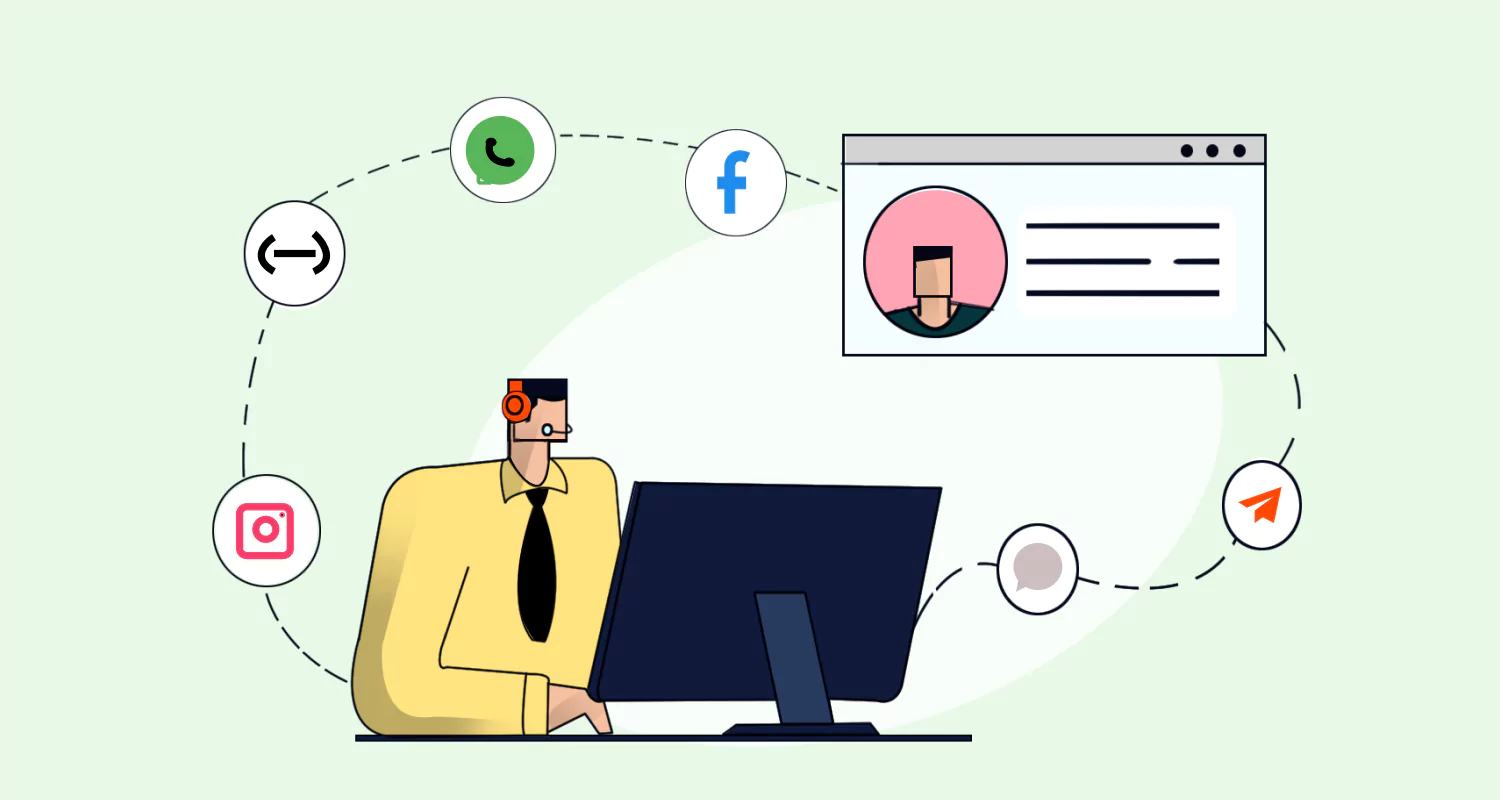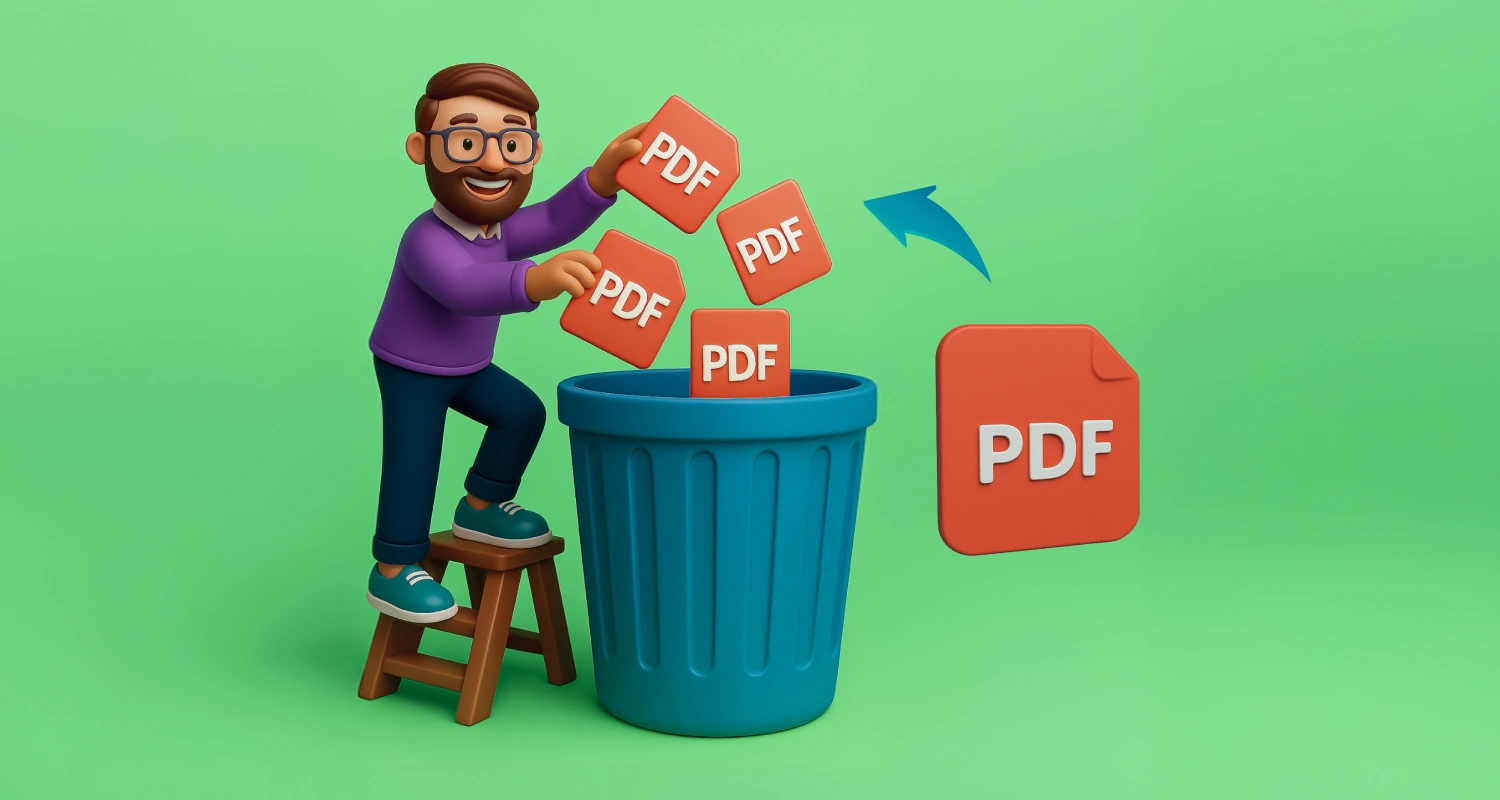Millennials and Gen Z make up the youngest age group in the world. Due to their huge population, they form a significant portion of the consumer market.
According to Statista, Millennials and Gen Z alone form about 43% of the US population and, therefore, are a massive driving force in the global market.
It is crucial for businesses to understand each generation’s unique needs and expectations to tailor their customer service offerings and improve the customer experience for both groups.
In this blog, we look into the different customer service expectations of Millennials and Gen Z, their customer service preferences, and communication styles.
Who are the different generations?
Generations are broadly defined by the years in which people were born and the shared cultural, economic, and technological experiences that shape their outlook and behaviors. Before we get to Millennials vs Gen Z expectations in customer service, lets look at all the generations before and after them.
Here’s an overview of the commonly recognized generations:
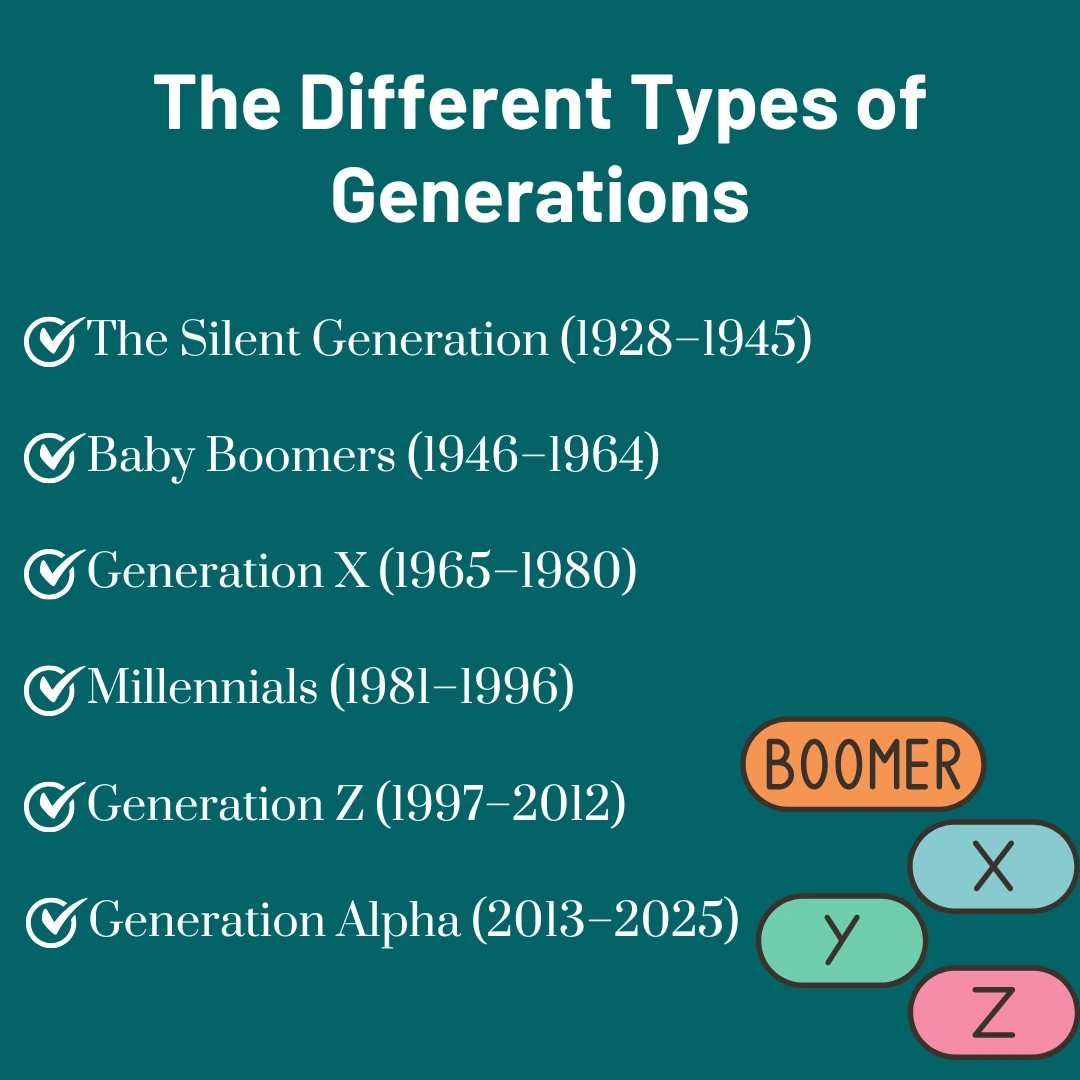
The Silent Generation (1928–1945)
Known for their resilience and strong work ethic, this generation grew up during the Great Depression and World War II. They grew up with minimal exposure to technology and adapted to it later in life.
- Other names: Traditionalists or Builders.
Baby Boomers (1946–1964)
Born post-World War II, they are characterized by their significant impact on culture, economy, and politics, often associated with the social change movements (e.g., civil rights, women’s rights). They witnessed the start of television, early computers, and the beginning of the digital age.
- Other names: Boomers
Generation X (1965–1980)
Often called the “latchkey generation,” they grew up during a time of significant social and technological change. Known for their independence, resourcefulness, and entrepreneurial spirit. They grew up during the rise of personal computers and the internet.
- Other names: Gen X
Millennials (1981–1996)
This tech-savvy generation came of age during the rise of social media and smartphones. Known for their tech-savviness, diversity, and focus on work-life balance.
- Other names: Generation Y, Echo Boomers.
Generation Z (1997–2012)
They are digital natives who are highly connected and informed, valuing inclusivity and mental health awareness.
- Other names: Zoomers.
Generation Alpha (2013–2025)
The youngest generation, growing up in a world dominated by AI, advanced technology, and global connectivity. Known for their creativity, adaptability, and global awareness.
- Other names: Post-Z.
Millennials vs Gen Z: Understanding the two generations
You may wonder how much difference a few years of age can make in your customers’ purchasing habits. While these two generations are separated by only a few years, they have different needs, customer expectations, and preferences.
Who is a Millennial?
Millennials or Generation Y are individuals born between 1981 and 1996. This generation was the first to grow up with internet and mobile technology.
They are comfortable using technology for communication, learning, and entertainment. Millennials tend to prefer communication through traditional channels like email and phone calls.
Who is Gen Z?
Generation Z, also known as Zoomers or Post-Millennials, include people born between 1997 and 2012.
Unlike Millennials who grew up with technology like cable television and landline phones, alongside the rise of the internet, Generation Z have lived fully connected digitally.
They are comfortable using technology for various purposes such as shopping, communication, and entertainment.
Zoomers adopted the use of social media and the internet from a very young age. They’re masters of navigating online platforms and absorbing information quickly.
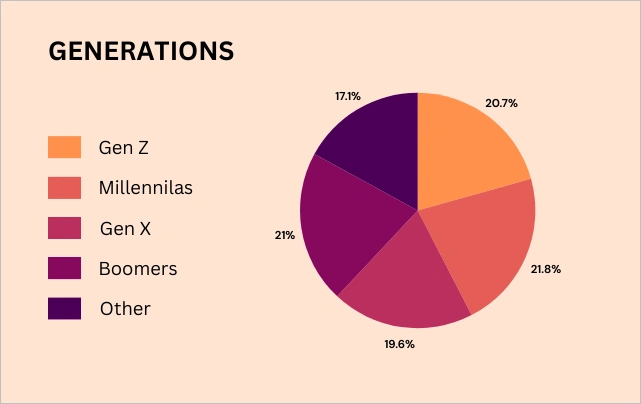
Differences between Millennial and Gen Z customers
Understanding the differences in customer service expectations of Millennials and Gen Z can be a game-changer for your business, especially when it comes to crafting a customer service strategy.
Although both Millennials and Gen Z are tech-savvy and digitally fluent, these two generations have distinct preferences and expectations whenever they engage in business with brands.
Below are some key differences between Millennials and Gen Z with regard to customer service expectations.
Millennials highly value personalized experiences
Millennials appreciate companies that remember their preferences and offer tailored recommendations.
They prefer brands convey empathy in customer service interactions and offer real human connections based on understanding. Millennials value when brands make an effort to understand their particular needs and preferences.
While personalization is important to Gen Z, they prioritize transparency in customer service. They trust businesses that communicate openly, rather than those that focus mainly on personalization strategies.
Zoomers not only prefer personalization, but they also prefer brands that share their values, address them by name, remember their birthdays, and are environmentally conscious.
Millennials prefer traditional communication channels
Although they pioneered numerous types of communication channels such as instant messaging, Millennials tend to prefer traditional communication channels like email and phone calls. Still, they are also comfortable with newer platforms like live chat.
Gen Y also uses social media, mostly to go through product reviews and to get product recommendations from friends and family.
Gen Z on the other hand, tends to lean heavily toward digital communication platforms, mostly instant messaging apps such as WhatsApp and Telegram. They also rely on social media platforms such as X to contact support staff and share feedback.
This younger generation of customers seamlessly switches between communication channels based on the situation.
They’re comfortable with live chat support as they grew up with live chat technology in AI-assisted smart devices and services like Siri and Alexa.
They can use various digital platforms easily and expect seamless experiences in customer service interactions on all the platforms they use. Zoomers rely on social media for product recommendations and reviews.
Millennials value loyalty programs
Millennials value customer loyalty programs and therefore prefer brands that offer rewards and benefits. Gen Z sees loyalty programs as a way to boost their purchasing power and gain rewards for their commitment to a brand.
On the contrary, Zoomers prioritize customer experiences over traditional loyalty programs. They would rather return to your business due to a positive customer experience as opposed to being enticed by a loyalty incentive.
Gen Z is more generous with private data
Generation Z values privacy. They are, therefore, sceptical about giving private data to companies unless it is extremely necessary. They tend to trust companies that are transparent about how they collect and utilize their data.
Millennials, however, are more flexible with sharing their data as long as they perceive a clear benefit. While privacy is still essential, Gen Z is generally more comfortable sharing data in exchange for personalized recommendations or exclusive offers.
Millennial vs Gen Z: Self-service options
Another key difference in the Millennial vs Gen Z space is that Gen Z is drawn toward self-service options. They are more likely to search for solutions in online platforms such as YouTube before contacting support staff.
They expect clear, intuitive interfaces and prioritize efficiency. If they can’t resolve an issue quickly and easily on their own, they’re more likely to abandon the task altogether.
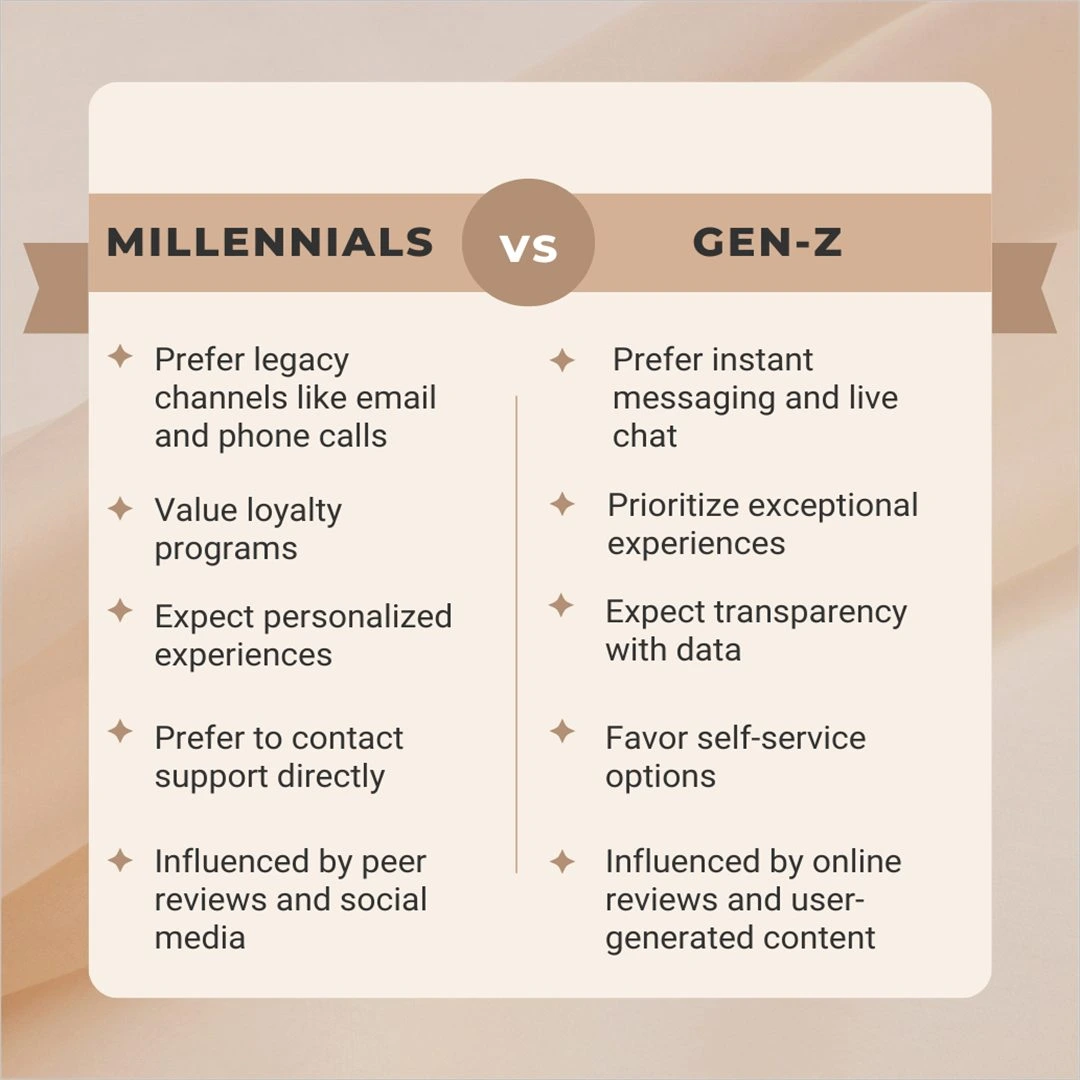
In the Millennial vs Gen Z space, zoomers will explore the knowledge base, conduct online research for solutions, and even participate in peer-to-peer support.
Although Millennials don’t mind finding information on their own, they prefer contacting customer support staff via telephone or live chat to solve their customer issues.
They value personalized experiences and may appreciate a follow-up from a customer service representative after using self-service.
Similarities in customer service expectations of millennials and Gen Z
Though these two generations have distinct preferences and expectations, they tend to share some similarities. Below are some of the similarities in customer service that Gen Z and Millennials share:
Speed of services: Having grown up in a world of instant gratification, both generations share a strong preference for speedy customer service. They expect fast responses and quick resolution of their issues when interacting with customer service staff.
Multi-channel support: Millennials and Gen Z are active users of multiple communication channels, including phone, email, chat, social media, and messaging apps.
They expect companies to offer omnichannel support options that allow them to seamlessly reach out for assistance through their preferred channels.
Both generations also expect a consistent level of service quality across all channels.
Brand engagement: Both Generation Y and Zoomers value opportunities to engage with brands and each other through company events or online community forums. They appreciate companies that listen to their feedback and foster a sense of community and belonging.
Self-service options: Both Millennials and Gen Z prefer to have a lot of self-service options available to them to solve various issues independently.
They appreciate clear, concise information presented in a user-friendly way. They prefer self-service options that are well-designed and easy to navigate, with readily available solutions.
Best practices for customer service when it comes to Millennials and Gen Z
Millennials and Gen Z are continuously evolving and influencing market trends. Businesses must evolve along with the ever-changing needs of these two generations if they intend to remain competitive.
Brands must recognize each generations distinct preferences to meet their growing expectations. Below are some core principles that brands can adopt to fulfil the needs and expectations of Millennials and Gen Z.

Personalize customer interactions
Brands need to tailor their customer service offerings to suit the needs of these two generations. To do this, they have to first understand the unique needs and preferences of both Millennials and Gen Z.
Brands can do the following to improve their tailored service offerings:
- Encourage support staff to focus on building genuine connections. They should express customer empathy by listening attentively to customer issues.
- Empower your support teams with customer data, such as past purchases, to enable them to tailor each customer interaction.
Also ensure you add a human touch in all customer service interactions, regardless of the communication channel.
Offer omnichannel support
Provide options for customers to reach you via their preferred channel. This can include:
- Phone
- Live chat
- Social media
Ensure a smooth handover between channels by sharing customer history so that customers do not have to repeat information when they switch channels or agents.
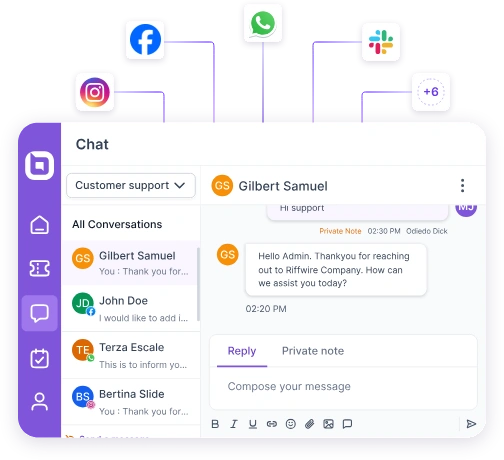
Also, ensure that your support staff are always active on social media so that they do not miss mentions and can respond to customer requests as soon as possible.
Collect customer data regularly
Both Millennial and Gen Z are continuously evolving and influencing market trends. Collect their customer data and feedback to help you adapt and refine your customer service strategy.
Include customer surveys or feedback forms within your customer service applications or websites to gather data on user experience and preferences.
Allow customers to choose what data they share and provide an easy way to opt-out or manage their preferences.
Respond to customer issues fast
Both Millennials and Gen Z value prompt responses and efficient service. To ensure you meet this expectation, you can do the following:
- Provide 24/7 customer service support.
- Train your support staff to resolve issues efficiently on first contact whenever possible.
- Offer quick communication through live chat or canned responses.
- Equip your team with the right tools such as modern help desk software to lower first response and resolution times.
- Harness the power of AI and automation. Use chatbots to answer customer requests promptly.
Emphasize on digital communication
Optimize your websites so that they are compatible with all devices, including smartphones. Also ensure that your websites are attractive. Make sure your website, self-service options, and live chat are intuitive and mobile-friendly for a smooth digital experience.
Keep an eye on digital trends and adapt to meet user preferences.
Offer self-service options
According to research by Gartner, 38% of millennials and Gen Z give up on resolving issues when self-service options fail.
It is, therefore, essential to provide self-service options such as comprehensive knowledge bases, wikis, how-to guides, instructional videos, and a customer self-service portal.
You can also personalize the self-service experience by suggesting relevant articles, tutorials, or chatbots based on past inquiries and purchase history. Always update your knowledge resources to ensure they reflect any changes in the products or services you offer.
Make your brand ethical and environmentally friendly
Generation Z and Millennials are concerned about the social responsibility of the brands they interact with. Both generations prefer to do business with companies that are ethical and care about the environment.
Ensure that your business practices are sustainable, ethical, and environment friendly by:
- Reducing your carbon footprint by managing the use of electricity.
- Using environment-friendly products in your business such as reusable bags instead of plastics.
- Giving back to social causes such as community development projects.
- Being honest about how you collect, use and manage customer data. Clearly outline your data security policies and offer customers control over their information.
Provide the best customer service for Millennials and Gen Z
Millennials and Gen Z are the driving force behind today’s consumer trends. Despite differences in customer service expectations, one aspect is shared by both: They want to be heard, and they want you to value their time and care for their individual needs and preferences.
To turn these two generations into loyal customers, you should aim to meet their expectations and provide exceptional customer service. Provide speedy responses and convenient communication in all your channels.
Empower both millennials and Gen Z in your customer base with self-service options to solve problems on their own.
By focusing on these aspects, you’ll meet the expectations of both millennials and Gen Z and build lifelong brand loyalty.
Contact us to learn how you can provide exceptional customer service to different customer segments. Book a demo or request a free trial to discover how to meet customer expectations with BoldDesk.
We hope this blog was insightful. If you have any additional ideas, feel free to share them in the comments section below.
Related articles


















 Email Ticketing System
Email Ticketing System Shared Inbox Software
Shared Inbox Software Multi Brand Help Desk
Multi Brand Help Desk Internal Help Desk Software
Internal Help Desk Software Trouble Ticketing Software
Trouble Ticketing Software Mobile Help Desk
Mobile Help Desk 










